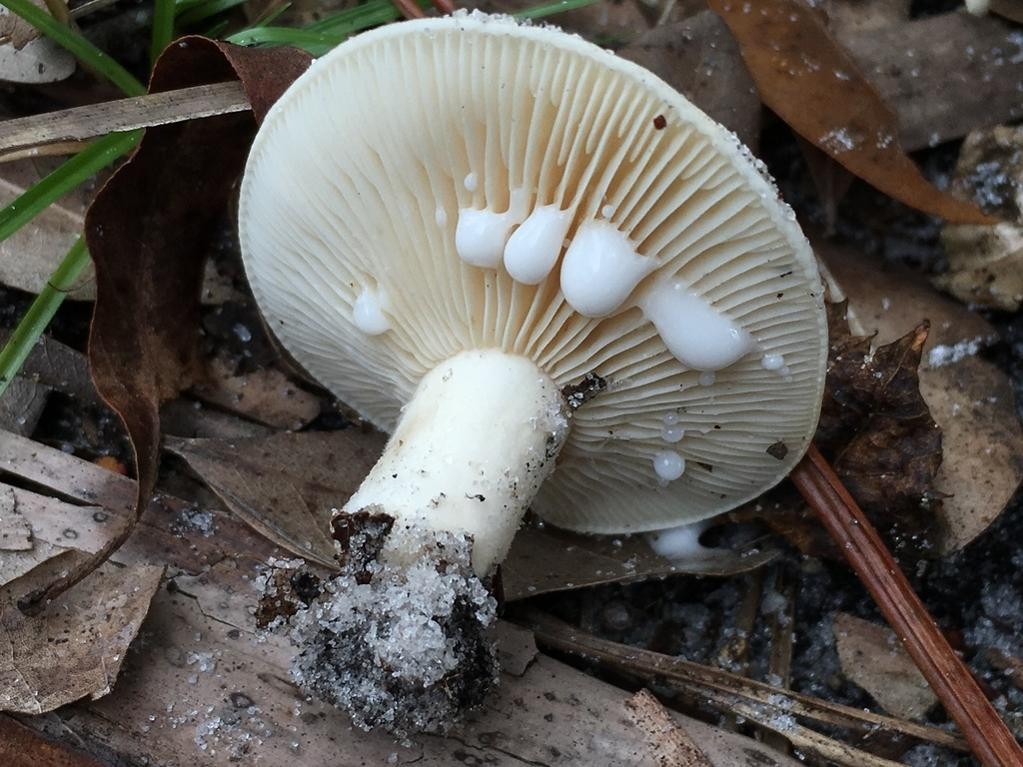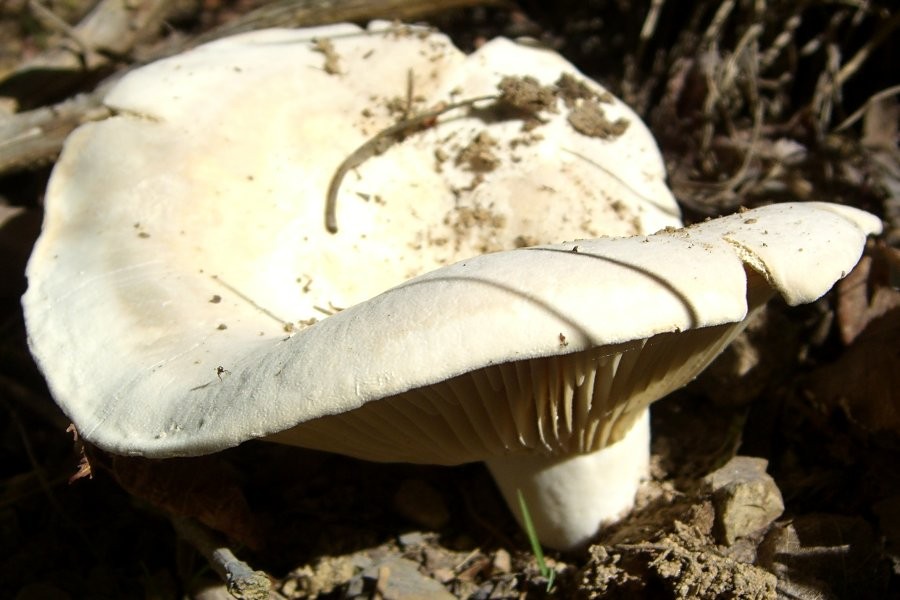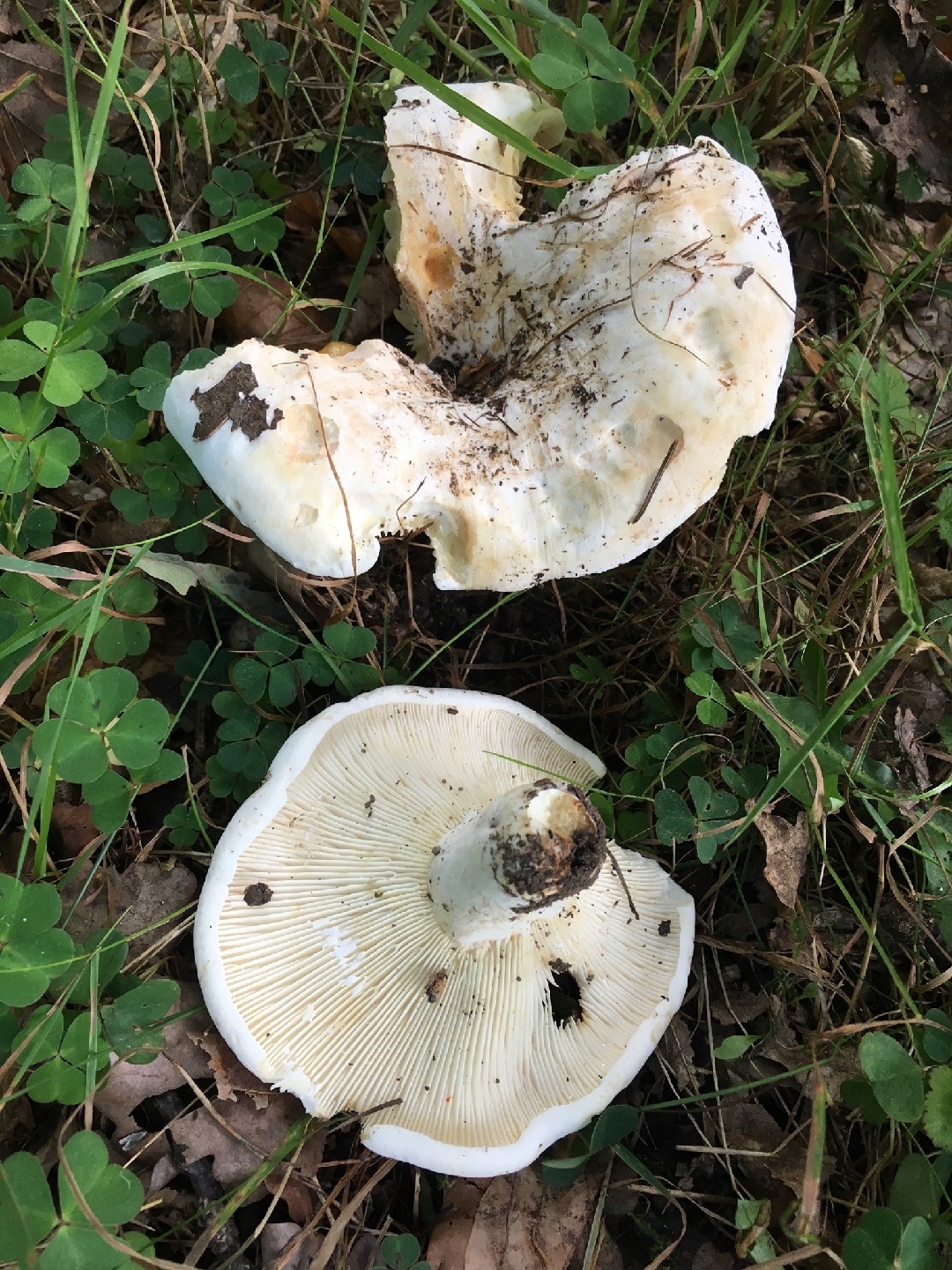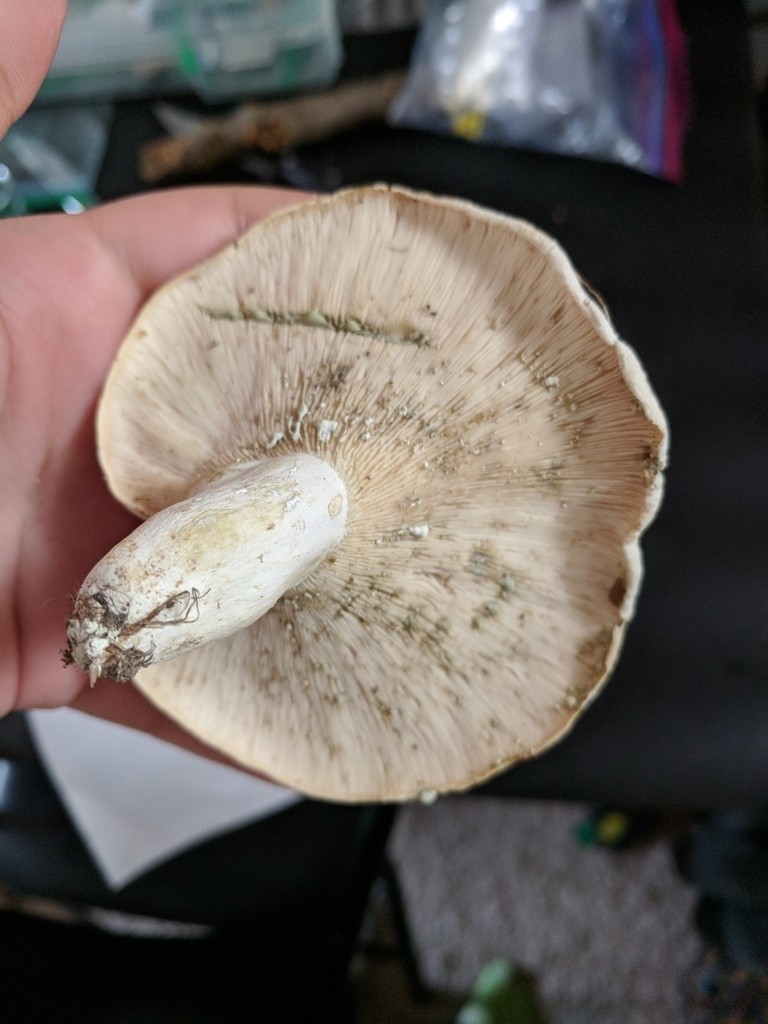Lactifluus
Nom scientifique: Lactifluus
Lactifluus
Nom scientifique: Lactifluus
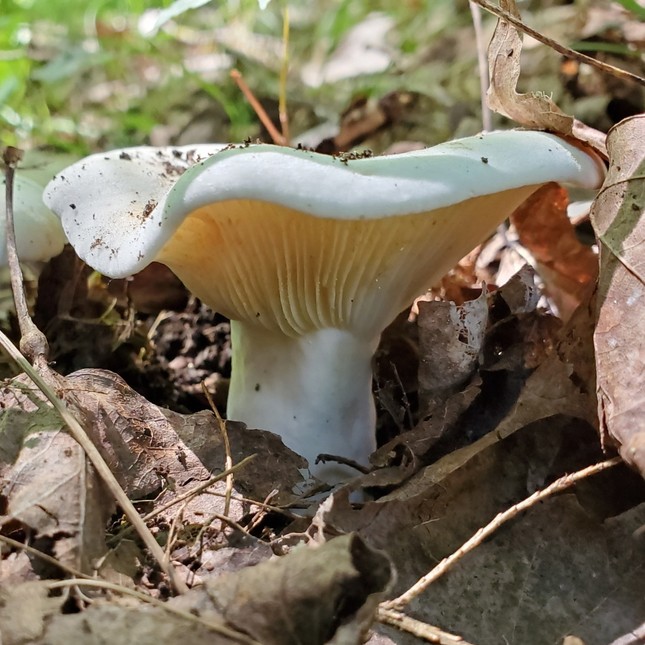 Photo By myco_philia , used under CC-BY-NC-4.0 /Cropped and compressed from original
Photo By myco_philia , used under CC-BY-NC-4.0 /Cropped and compressed from original La description
Lactifluus est connu pour produire une substance semblable au latex lorsque ses lamelles sont endommagées. Ce liquide peut varier en couleur, y compris le blanc, le jaune ou même le rouge. Ces organismes se trouvent dans une variété d'habitats à travers le monde, formant souvent des relations symbiotiques avec les arbres, ce qui les aide à échanger des nutriments. Leurs chapeaux robustes et parfois vivement colorés les rendent distincts dans le monde des champignons.
Espèces de Lactifluus

 Photo By myco_philia , used under CC-BY-NC-4.0 /Cropped and compressed from original
Photo By myco_philia , used under CC-BY-NC-4.0 /Cropped and compressed from original 